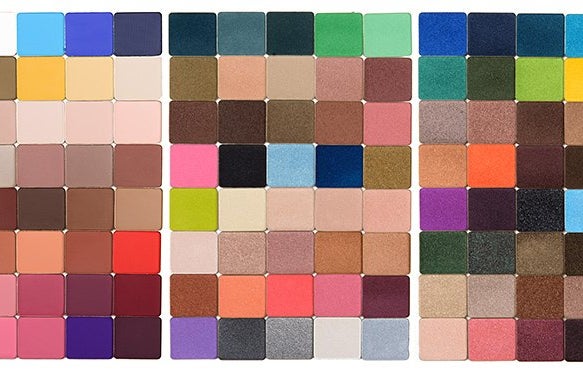When we think of politics and color, one of the first things that come to mind is the association of race and the manifold of movements structured around it. Now, as important and essential a topic as that is, this article goes on to discover an aspect of the association of color in politics which is still overwhelmingly unexplored. The article deals with color as the indirect focal point of the political arena.
Political parties nowadays use color to their advantage and a huge mass of voters respond to it. Colors are widely also used in campaigns and are very often seen as manifestations of movements or ideologies. Colour in politics has been there for ages, either it has been there directly through revolutions or has been there indirectly through party symbols, campaign platforms, voter ballots, etc. If you see a market, color is really essential for forming a brand and consumer acceptance. Similarly, in the case of political parties, color forms a huge role in the construction of their brand and identities.
Parties choose their color according to their accepted cultural meaning. For example, Red has been usually associated with socialist parties and therefore conservatives have dropped red and have been identified by blue. Black has been seen as a color associated with anarchist groups. Due to the latest advocacy of the rise in the environmental movement, there has been a sudden rise in green parties.
These colors also change widely in accordance with the history, culture, and political movements of a particular area. Therefore, associations are formed in the mind of the public with regards to specific parties and colors and therefore the newer parties also have to indulge in the same mechanism and hence the meaning gets further entrenched.
Colors have always been a voice of political dissent and a direct effect of these can be seen through the color revolutions that have happened both within India and outside. India has had some prevalent color movements like the white revolution(milk), the green revolution(agriculture), the blue revolution(fish), etc. Along very similar lines we can see a number of international color movements like Ukraine’s orange revolution, Portugal’s red revolution, Hong Kong’s black movement, etc.
The significance of color in the political arena can also be seen through a very different perspective but which is much closer to us, it can be seen through the saffron wave that has taken up the entire country recently. The saffron surge by the ruling party can be seen everywhere from their manifestos to clothes, campaigns to hats, the color of the infrastructure of the venue to its bouquets to anything else you can imagine is saffron, which has become the color of the party and is thoroughly used everywhere.
The association of color in politics has just not been limited to male-centric political movements, it has also expanded to women’s movements as well. Green, white and purple became important colors for the women’s movement in the last quarter of the twentieth century. Power of color became an institutional resource for many of these movements and further aggravated this cause to the masses. Clearly color has had varying meanings over the years through time and space but its relevance in this arena remains ever-lasting. Thus, color has received political meanings over the years which also heavily influences individual attitudes, behaviors, and patterns.


